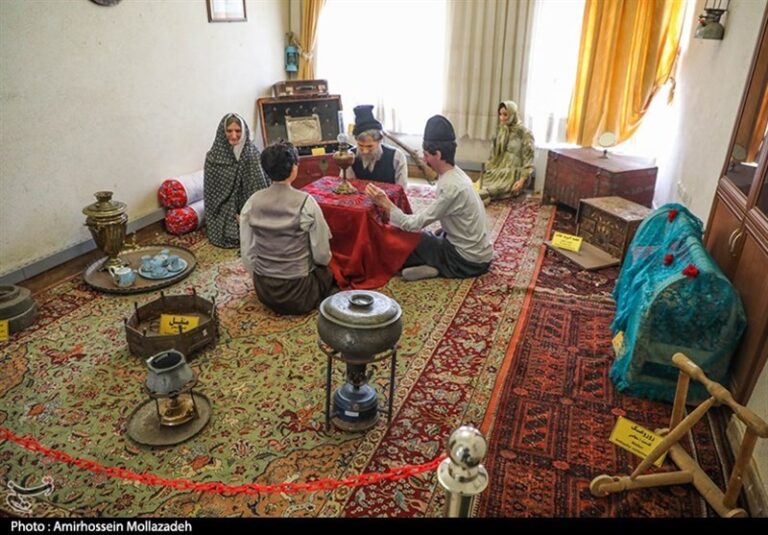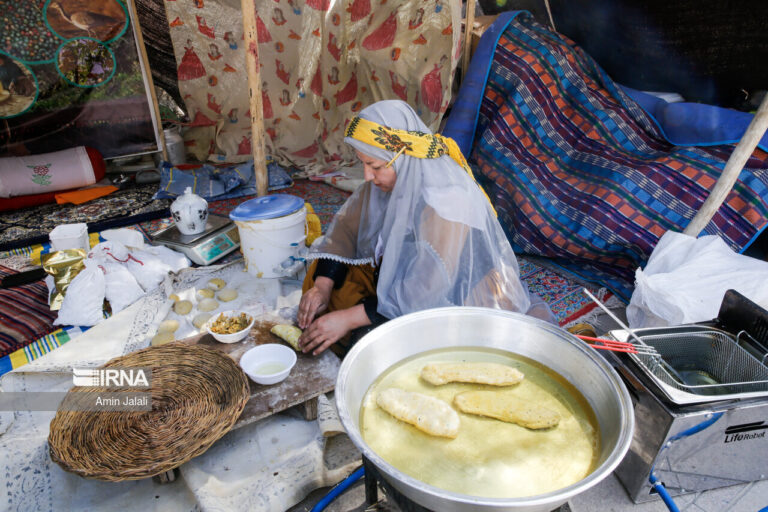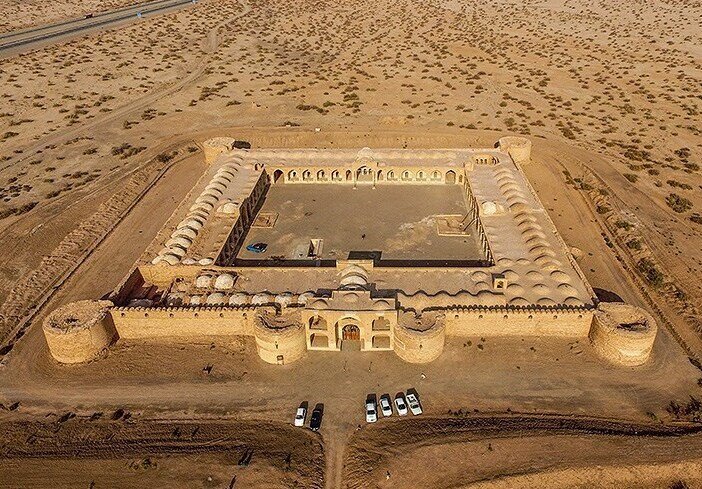Discover Lar’s Unique Ecotourism Gem: $100,000 Miniature Rams Steal the Show!
In a remarkable revelation, Russian zoologist Nikolai Viktorovich Nasonov first recognized the uniqueness of the miniature rams in 1906, introducing this fascinating species to the scientific community. Weighing between 35 and 40 kg for males and 25 to 30 kg for females, the miniature ram stands as one of the smallest and rarest wild sheep not only in Iran but also globally, as reported by Mehr News Agency.
This incredible species has adapted to thrive in environments with scarce water resources, boasting a lifespan of 10 to 12 years. According to Khalil Hazhbari, manager of the miniature ram breeding site, the southern regions of Iran, particularly Larestan, are renowned for their diverse animal species, especially the Larestan ram.
One significant factor contributing to the miniature size of the Larestan ram is its evolutionary history. The region experiences temperatures exceeding 40 degrees Celsius for six months each year, making this ram well-suited to such extreme conditions.
Established in 1973, the Hormod Protected Area spans an impressive 210 hectares and was designated as a sanctuary for these miniature rams in Larestan. Hazhbari noted that obtaining a hunting license for the miniature ram is quite expensive due to its rarity in terms of breed, size, and color. The cost of hunting a mature ram, aged over nine years, is set at approximately €80,000, often referred to as a $100,000 hunt.
Historically, hunting licenses were primarily issued to foreign hunters, many of whom sought the ram’s head and skin for their collections and museums. Currently, visitors to Larestan can observe the miniature rams from behind fences surrounding the protected area, allowing for a closer look at these extraordinary creatures while ensuring their safety.
Hazhbari and his team are committed to preserving the habitat of these rams and ewes, while simultaneously raising awareness about this protected species. Despite the Hormod Protected Zone lacking tourism facilities and infrastructure, there is significant potential for ecotourism development through strategic planning and investment.
The Hormod Protected Area features semi-desert plains and volcanic hills, reaching elevations of up to 1,630 meters in the southeastern Zagros mountains, located 50 to 100 km east of Lar. This reserve is bordered to the north by the Rud-e Shur river and to the southwest by the Lar to Bandar Abbas Road. The diverse habitats within the area include:
- Dissected stony outwash plains with scattered trees and bushes such as Ziziphus, Berberus, Euphorbia, and Acacia.
- Sandy regions characterized by Zygophyllum steppe.
- Small springs hosting Phoenix and Tamarix scrub.
- Barren, rocky volcanic hills.
- The rocky riverbed of the Rud-e Shur, which contains deep pools despite minimal surface flow.
Additionally, livestock grazing and a small area of wheat cultivation can be found on a plain in the center of the reserve. The village of Hormod is situated at the southern edge of this vital reserve.
This site is recognized as a Key Biodiversity Area of international significance, as it meets established criteria for identifying sites crucial to biodiversity conservation. This includes classifications such as Important Bird and Biodiversity Areas, Alliance for Zero Extinction sites, and Key Biodiversity Areas.
The unique characteristics of the miniature ram and its habitat underscore the importance of conservation efforts in the Hormod Protected Area. With proper investment and infrastructure development, this site has the potential to become a remarkable ecotourism destination, promoting awareness and appreciation for one of Iran’s rarest species while ensuring its preservation for future generations.






